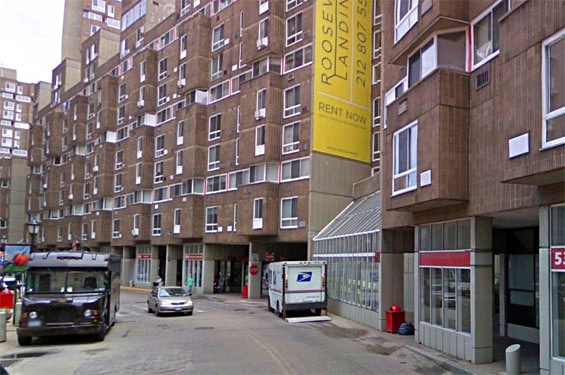- January 14, 2016
- 0 Comments
- In Existing Building Performance
- By

There is no single retrofit that is a panacea for all multifamily buildings. There are myriad options and permutations for upgrades, the efficacy of which is defined by the operational needs, budget, and goals set by the owner. With that in mind, we will examine six retrofits popular with SWA clients in this three-part blog series.
Advanced Control (Electrically Heated Buildings)
The concept behind this measure is to reduce heating and cooling loads by tightening the building envelope, and then implement smarter controls. To begin, cracks and holes around electrical outlets, windowsills, air conditioner sleeves, and drywall need to be sealed. Aging insulation should be replaced where possible (behind electric baseboards, under exposed concrete slabs, etc.) with high-density R-value alternatives like polyurethane spray foam. Wall mounted thermostats are installed to replace inefficient in-unit bimetal coil thermostats, allowing for more accurate temperature readings in living spaces.
To counteract the energy drain caused by tenants opening windows in overheated conditions, windows are fitted with low-cost sensors that regulate maximum heating unit output when windows are open. As high-performance thermostats are capable of receiving and transmitting data, they provide expanded control that can be adjusted on a unit-by-unit basis to account for unique variables. In SWA’s Roosevelt Landings project, similar measures to those above yielded 20% energy savings and netted over $500,000 in annual cost savings.

Roosevelt Landings – NYC’s largest air-sealing Rx project
Combined Heat and Power (CHP)
CHP systems are ideally suited for multifamily buildings in markets where electricity is more expensive per-BTU than other traditional fuels. There are units capable of burning natural gas, propane, biogas, and landfill gas. As most CHP units adhere to building code for combustible appliances, it’s important to consider that proper venting infrastructure is required and adequate mechanical room floor space is necessary to house the units. In smaller applications, properly scaled CHP systems produce enough electricity to cover building base load and sufficient recovered heat to fulfill all domestic hot water needs. In larger CHP applications, targeting concentrated electricity/thermal loads like common area lighting and partial DHW production equates to cost effective operation. CHP may also be used for backup power as a favorable alternative to conventional emergency generators as CHP systems produce year-round power and continuously reuse waste heat. As CHP becomes more mainstream (over 500+ systems in NY State), the price of the technology will continue to decrease, and availability of off-the-shelf units will increase. The viability of this retrofit continues to trend upward in the near term.
Upgrading Atmospheric Boilers
Because of inherent inefficiencies in design, it’s often preferable to replace atmospheric boilers with high-performing alternatives rather than retrofitting newer models. Atmospheric boiler plants often suffer from substantial seasonal inefficiencies attributable to both cycling and off cycle losses. For example, most atmospheric boilers operate at very low efficiencies during periods of low load owing to a variety of factors, including off-cycle jacket and stack losses. More advanced sealed combustion style systems counteract many of these inefficiencies, leading to improved annual fuel utilization efficiency.
When considering a replacement, it is essential to gauge the current unit’s remaining lifespan, intended duties of new unit (heating vs. DHW production, or both), venting infrastructure from the boiler room, and actual efficiency rating of the new unit (beyond nameplate printing).
For more on this topic, read the article by SWA’s Marc Zuluaga and Sean Maxwell in the May/June 2015 edition of Home Energy Magazine.
In the next post of this series, we will cover energy storage, low-flow fixtures, and ventilation. If there’s something in particular that you’d like to hear about, leave us a suggestion in the comments below!
